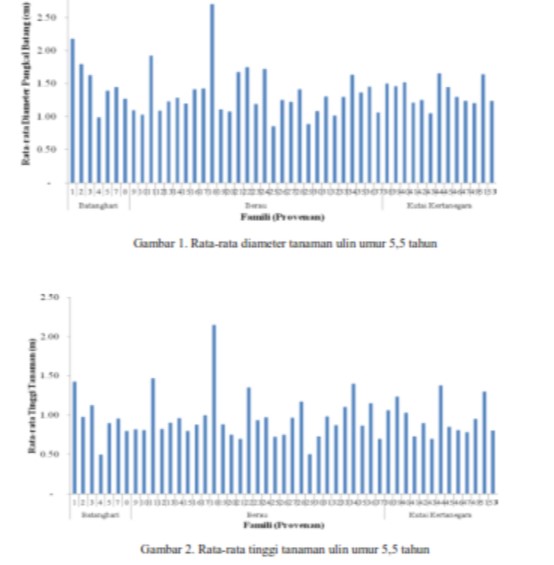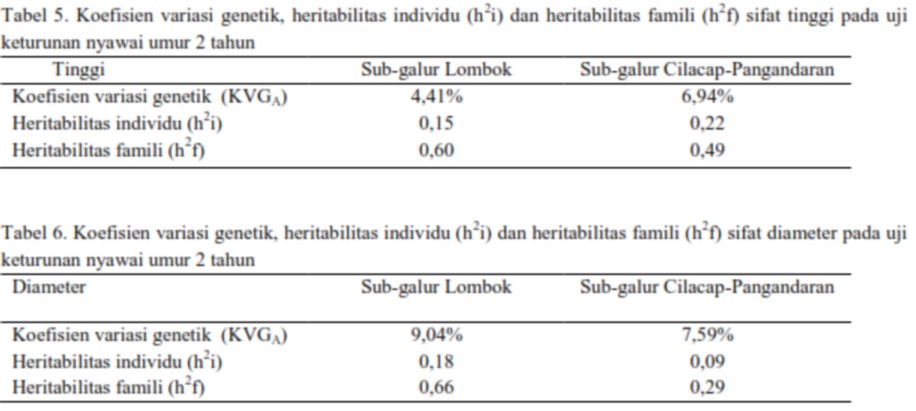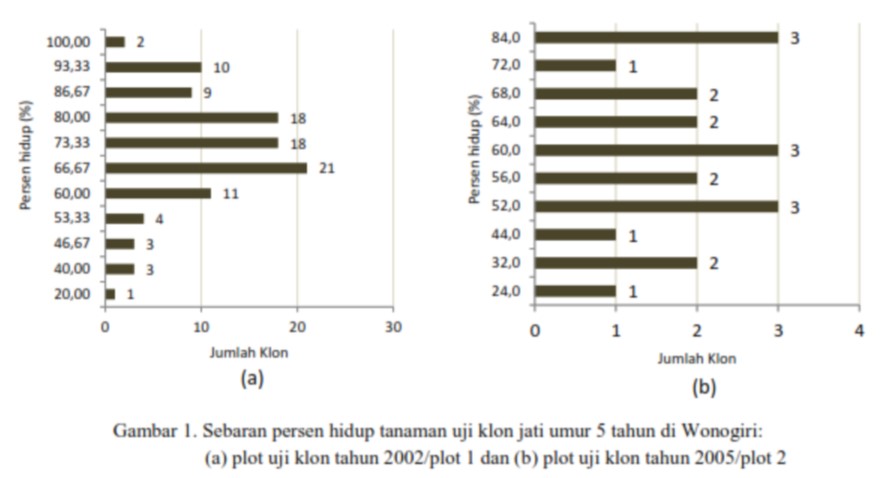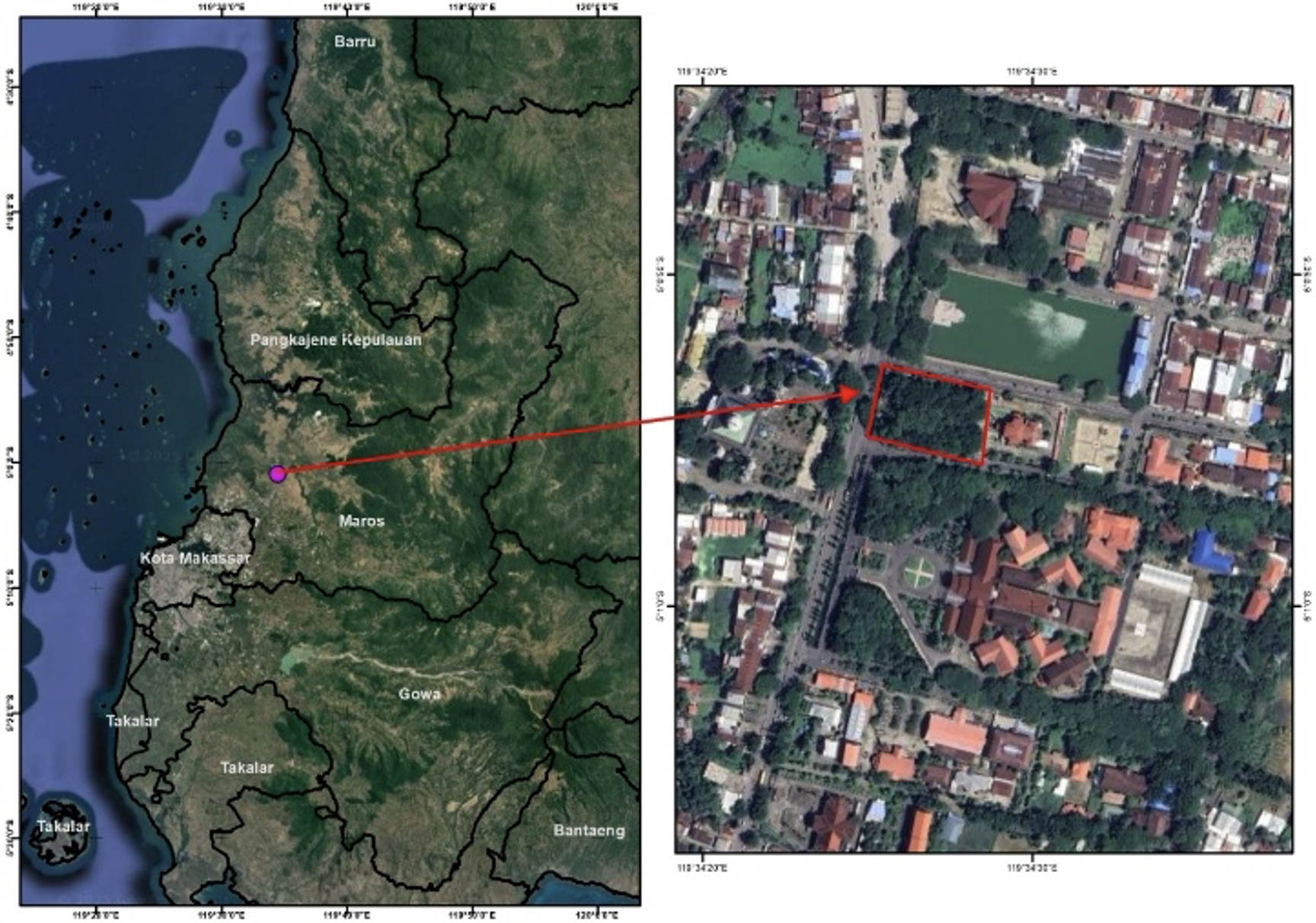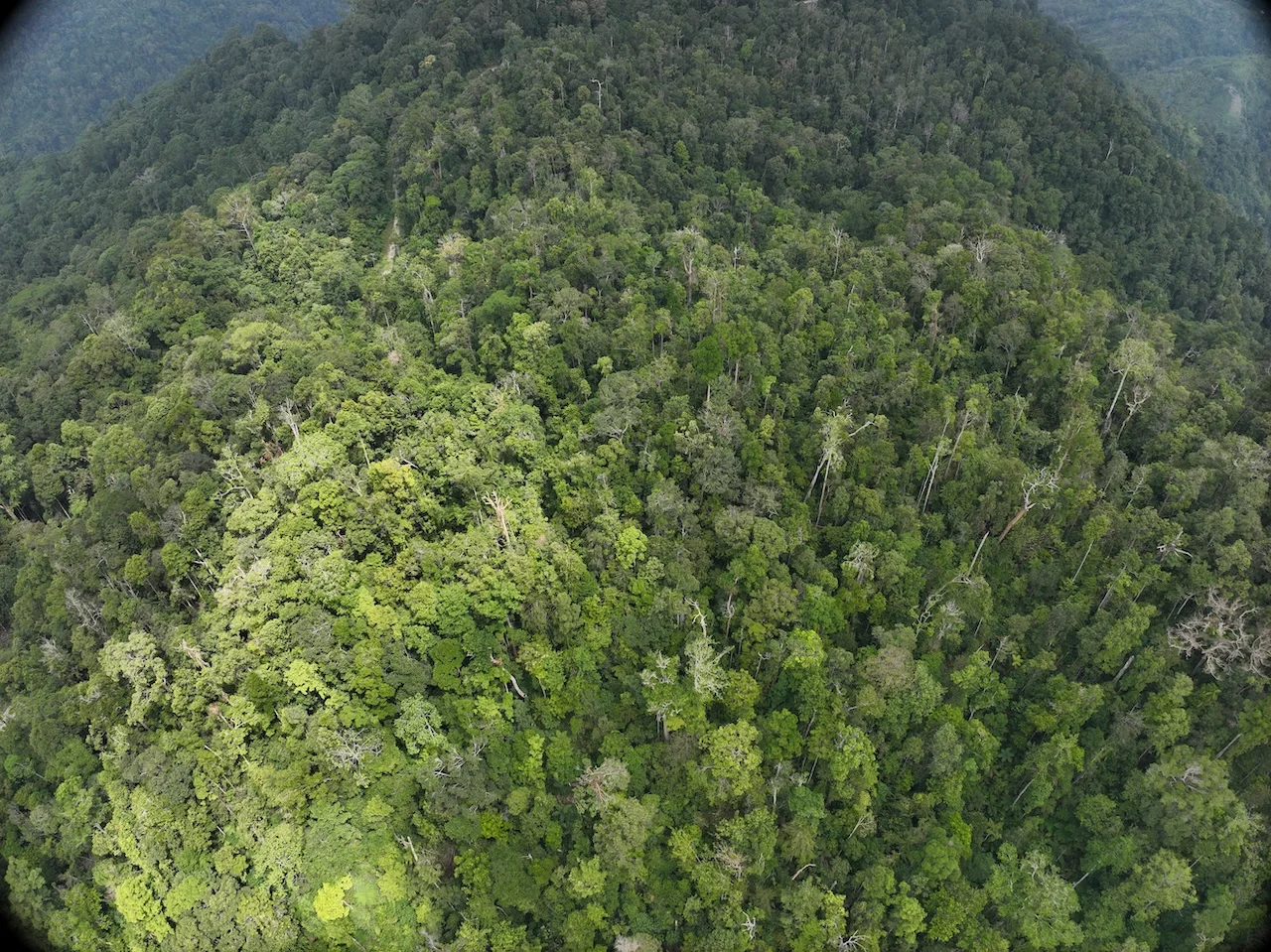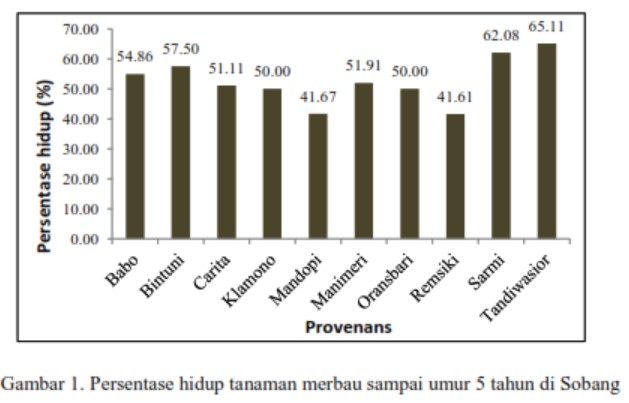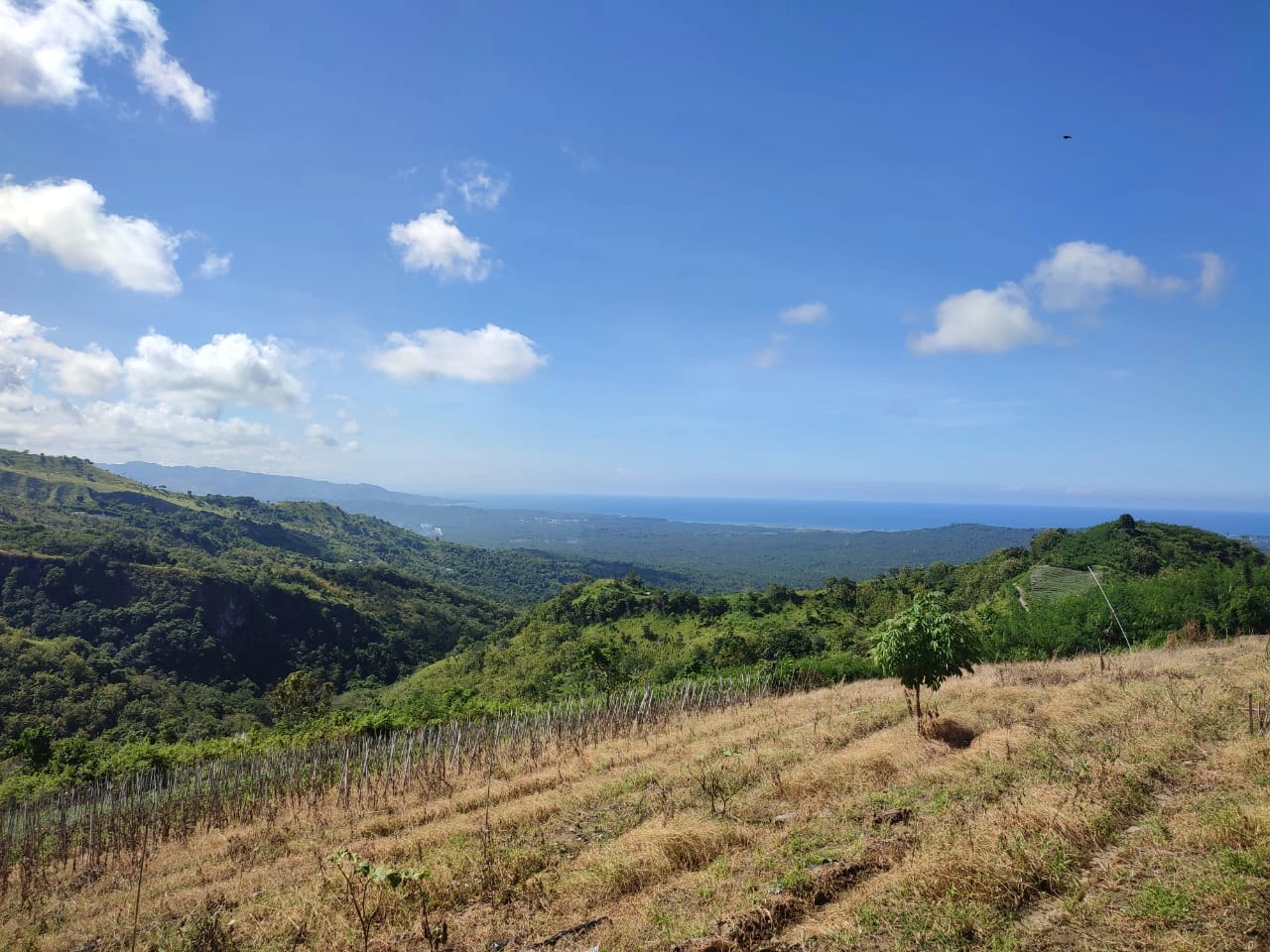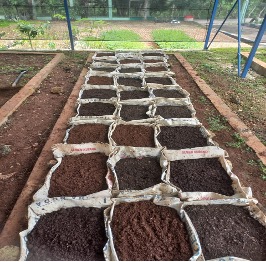Variation in Growth Traits of Ironwood (Eusideroxylon zwageri T. ET B.) Progeny Trial in Bondowoso
Abstract
The estimation of genetic parameters for stem diameter and plant height of ironwood (Eusideroxylon zwageri T. et B.) was conducted in a progeny trial in Bondowoso, East Java at the age of 5,5 years. The trial was arranged in an incomplete block design, which comprised of 49 families from three provenances (Batanghari, Berau and Kutai Kertanegara) with 4 replications and single tree plot. Families of Batanghari provenance showed the best growth of stem diameter and plant height compared with another provenance. There was significant difference in plant height between families within provenance, whereas stem diameter was not significantly different both of between provenance as well as between families within one provenance. Non-genetic or environmental factors provide considerable influence on plant growth in the progeny test of ironwood until the age of 5.5 years; it was indicated by the residual variance component. Individual heritability for plant height was considered as high (0.37) and stem diameter was considered as moderate (0.26). There was a strong genetic correlation between the stem diameter and plant height (0.95). This information is very important for future genetic improvement of ironwood.
Copyright (c) 2015 Jurnal Wasian

This work is licensed under a Creative Commons Attribution-NonCommercial 4.0 International License.
Copyright and License
All articles published in Wasian Journal are the property of the authors. By submitting an article to Wasian Journal, authors agree to the following terms:
-
Copyright Ownership: The author(s) retain copyright and full publishing rights without restrictions. Authors grant the journal the right to publish the work first and to distribute it as open access under a Creative Commons Attribution 4.0 International License (CC BY 4.0).
-
Licensing: Articles published in Wasian Journal are licensed under a Creative Commons Attribution 4.0 International License (CC BY 4.0). This license allows others to share, copy, and redistribute the material in any medium or format, and adapt, remix, transform, and build upon the material for any purpose, even commercially, provided that proper credit is given to the original author(s) and the source of the material

This work is licensed under a Creative Commons Attribution 4.0 International License. -
Author's Rights: Authors are permitted and encouraged to post their work online (e.g., in institutional repositories or on their website) prior to and during the submission process, as it can lead to productive exchanges and greater citation of published work.
-
Third-Party Content: If your article contains material (e.g., images, tables, or figures) for which you do not hold copyright, you must obtain permission from the copyright holder to use the material in your article. This permission must include the right for you to grant the journal the rights described above.
-
Reprints and Distribution: Authors have the right to distribute the final published version of their work (e.g., post it to an institutional repository or publish it in a book), provided that the original publication in Wasian Journal is acknowledged.
For the reader you are free to:
- Share — copy and redistribute the material in any medium or format for any purpose, even commercially.
- Adapt — remix, transform, and build upon the material for any purpose, even commercially.
- The licensor cannot revoke these freedoms as long as you follow the license terms.
Under the following terms:
- Attribution — You must give appropriate credit , provide a link to the license, and indicate if changes were made . You may do so in any reasonable manner, but not in any way that suggests the licensor endorses you or your use.
- No additional restrictions — You may not apply legal terms or technological measures that legally restrict others from doing anything the license permits.
Notices:
You do not have to comply with the license for elements of the material in the public domain or where your use is permitted by an applicable exception or limitation .
No warranties are given. The license may not give you all of the permissions necessary for your intended use. For example, other rights such as publicity, privacy, or moral rightsmay limit how you use the material.
Most read articles by the same author(s)
- Liliek Haryjanto, Prastyono , Charomaini Z, Genetic Variation in Growth Traits of Two Years Old Ficus variegata Blume , Jurnal Wasian: Vol. 2 No. 1 (2015): March

